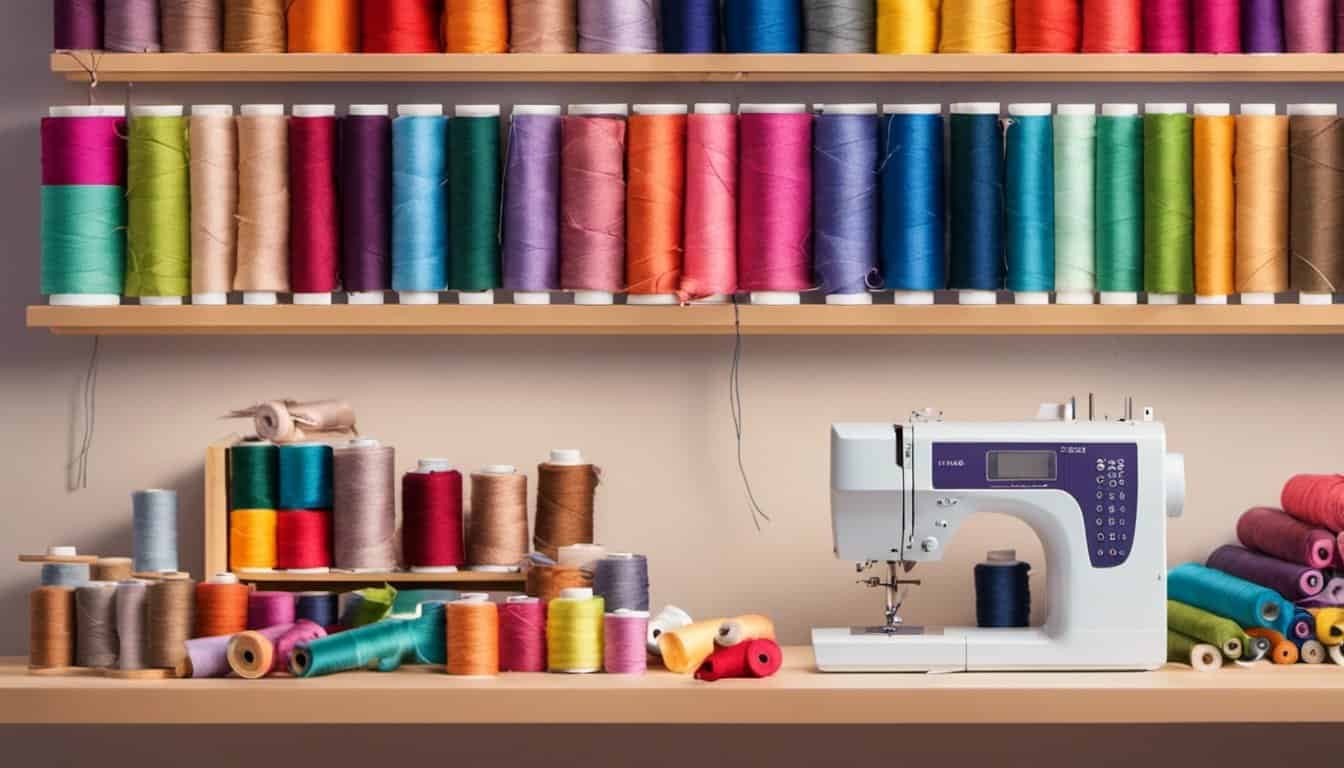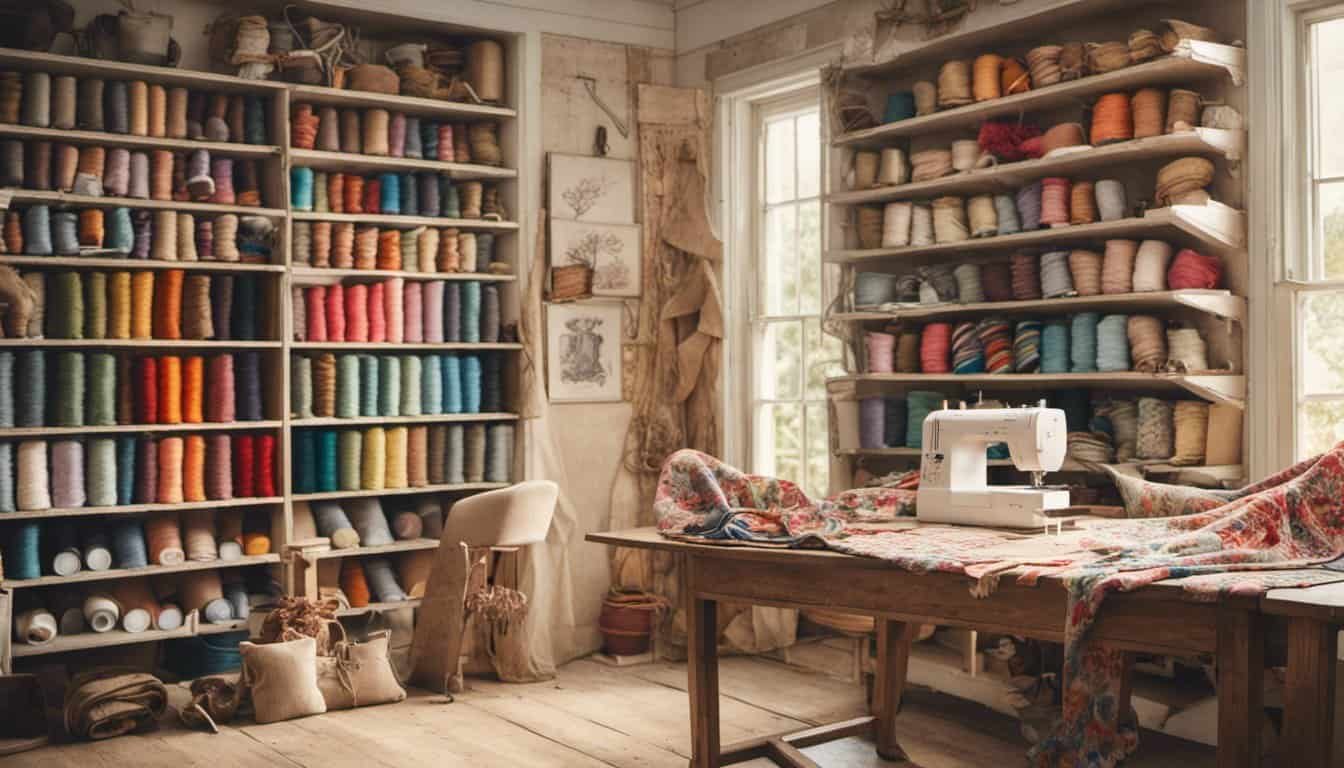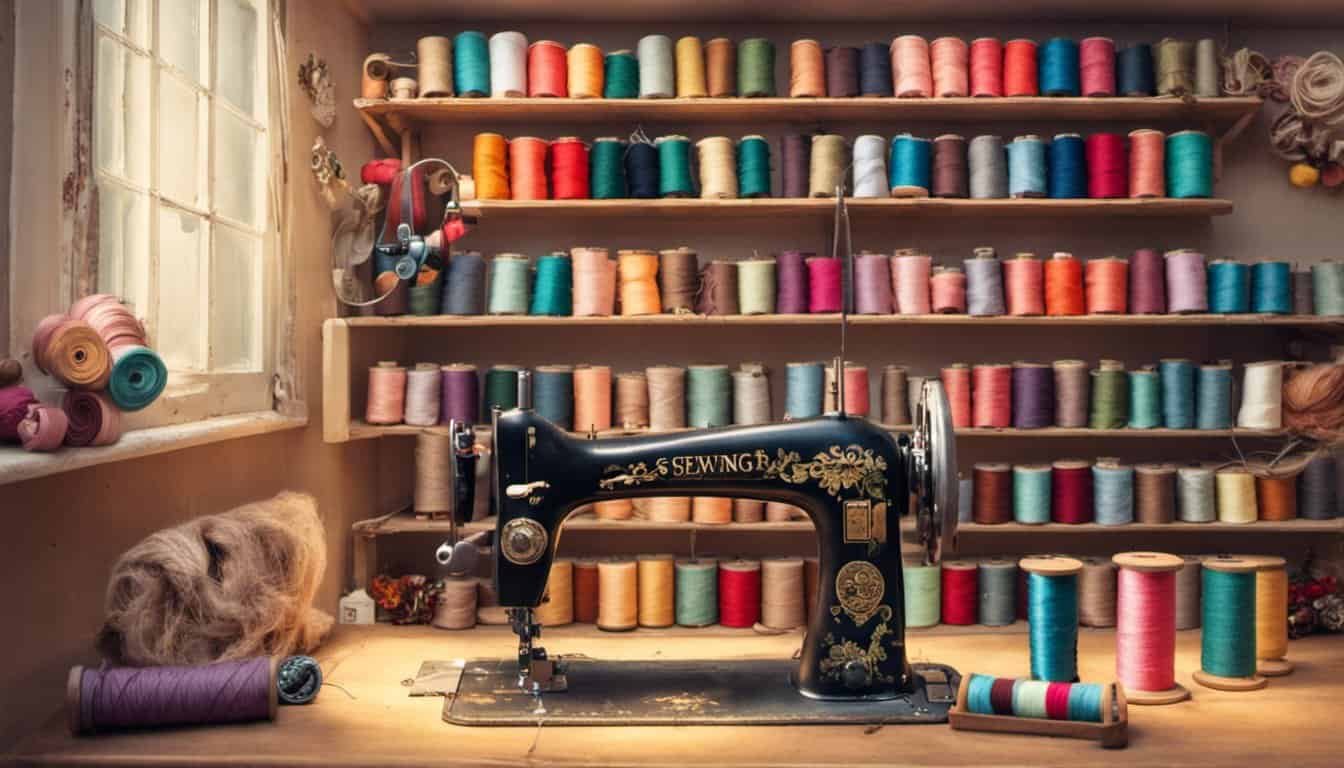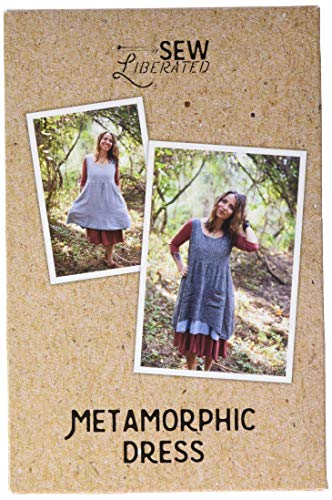Are you ready to start your next sewing project but unsure about what size sewing pattern to choose? Don’t worry, we’ve got you covered! Finding the right sewing pattern size can be a bit confusing, especially if you’re new to sewing or haven’t used patterns before. In this article, we’ll walk you through some simple steps to help you determine your sewing pattern size with ease. Whether you’re making a dress, a pair of pants, or a blouse, by the end of this article, you’ll have all the knowledge you need to confidently select the perfect size for your next sewing adventure.
When it comes to sewing, getting the right fit is crucial. Choosing the correct sewing pattern size is the first step towards achieving a garment that fits you like a glove. But how exactly do you determine your sewing pattern size? In this article, we’ll break it down for you, step by step. From taking accurate body measurements to comparing them with the pattern’s size chart, we’ll guide you through the process to ensure a successful sewing project. So, let’s dive in and discover the secrets to finding your perfect sewing pattern size!
Understanding Sewing Pattern Sizes
When it comes to sewing, choosing the right pattern size is crucial for achieving a perfect fit. Understanding sewing pattern sizes can feel overwhelming at first, but don’t worry, I’m here to guide you through it!
1. Know Your Measurements
Before you start diving into pattern sizes, it’s important to take accurate body measurements. Grab a flexible tape measure and measure your bust, waist, and hips. Don’t forget to measure your inseam if you’re making pants or skirts.
2. Compare Your Measurements to the Size Chart
Once you have your measurements, it’s time to consult the size chart provided with the sewing pattern. Each pattern company may have slightly different size ranges, so always refer to the specific one you’re using. Look for the measurements that correspond closest to your own and note down the corresponding pattern size.
3. Don’t Forget Ease
Pattern sizes are generally designed with a certain amount of ease in mind. Ease refers to the extra space built into the pattern to allow for movement and comfort. Different garment types require different amounts of ease, so make sure to consider this when selecting your size. The pattern instructions or envelope usually indicate the amount of ease included.
4. Make a Muslin
If you’re unsure about your pattern size or if you’re working with a more complicated garment, it’s often a good idea to make a muslin or a test garment first. This allows you to assess the fit and make any necessary adjustments before cutting into your final fabric.
5. Trust Your Instincts
Remember, pattern sizes are just guidelines. Every body is unique, and what matters most is that you feel comfortable and confident in what you create. If you’re between sizes, consider blending two sizes together or making slight alterations to ensure the perfect fit for you.
Taking Accurate Body Measurements
To achieve the perfect fit with your sewing pattern, it’s crucial to start with accurate body measurements. Here’s a step-by-step guide to help you get it right:

- Get a Measuring Tape: Invest in a flexible measuring tape, preferably one made for sewing. This will ensure accurate measurements and make the process much easier.
- Stand Up Straight: Stand with good posture and relaxed shoulders. This will give you the most accurate measurements and ensure that your garment fits well.
- Bust/Chest Measurement: Wrap the measuring tape around the fullest part of your bust or chest, making sure it’s parallel to the floor. It should be snug but not too tight.
- Waist Measurement: Measure around the narrowest part of your waist, usually about an inch above your belly button. Make sure the tape is level and snug but not constricting.
- Hip Measurement: Wrap the tape around the widest part of your hips, usually around your buttocks. Again, make sure the tape is level and not too tight.
- Shoulder and Back Width: Measure from the outer edge of one shoulder to the outer edge of the other, across your upper back. This will help determine the right shoulder and back width for your pattern.
- Arm Length: Measure from the top of your shoulder to your wrist bone. This measurement is important for sleeve length and armhole adjustments.
- Total Body Height: Stand with your back against the wall and measure from the top of your head to the floor. This measurement will ensure that your garment is the right length for your body.
Remember to take these measurements accurately by avoiding any bulky clothing. And if possible, ask someone to assist you for more precise results!
Now that you have your measurements, it’s time to compare them with the pattern’s size chart. Remember, each pattern company may have slightly different sizing, so it’s important to check each one individually.
Next, proceed to the section on “Comparing Measurements with the Pattern’s Size Chart” to find out how to select the perfect size for your project.
Comparing Your Measurements to the Size Chart
Now that you’ve taken accurate body measurements, it’s time to compare them to the sewing pattern’s size chart. This step is crucial in ensuring you select the correct size for your project. Here’s how to do it:
- Locate the size chart: Most sewing pattern companies provide a size chart on the back of the pattern envelope or in the instruction booklet. Look for the chart that corresponds to the specific garment you’re making.
- Identify your measurements: Take a look at your measurements for the bust/chest, waist, hips, shoulder and back width, arm length, and total body height. Compare each measurement to the corresponding measurements listed on the size chart.
- Choose the closest size: Based on your measurements, identify the size on the chart that closely matches your own. Don’t worry if your measurements don’t align precisely with one size — it’s common to have slight variations. In this case, choose the size that is closest to your largest measurement to ensure the best fit.
- Consider ease and garment style: Keep in mind that sewing patterns often include ease, which is the amount of extra room added to a garment for comfort and movement. Check the pattern instructions or the back of the pattern envelope to determine the amount of ease included. Consider how much ease you prefer for your garment and factor it in when selecting your size.
- Make adjustments if necessary: If your measurements fall into different sizes for different parts of your body, don’t worry! It’s common to make adjustments to accommodate different proportions. You can blend sizes by grading from one size to another, or you can make alterations during the fitting process.
Remember, each sewing pattern company may have slightly different sizing standards, so it’s always a good idea to compare your measurements to the size chart for each company individually. And most importantly, don’t forget to refer back to your body measurements throughout the sewing process to ensure a precise and perfect fit.
Adjusting the Pattern for a Better Fit
« 7 Genius Hacks to Banish Sewing Needle Stings Forever
Discover the Ultimate Showdown: Bernina Sewing Machines Compared – Which Model Will Reign Supreme? »
So, you’ve found the perfect sewing pattern, matched your measurements, and still, the fit doesn’t seem quite right. Don’t worry, adjusting the pattern for a better fit is part of the fun and creativity of sewing. Here are a few tips to help you get that custom-made look:
1. Evaluate the Fit
Before making any adjustments, it’s important to evaluate the fit of your garment. Look for areas that are too tight or too loose and make note of any changes you need to make. Remember, everyone’s body is unique, and patterns are designed for a range of sizes, so some adjustments may be necessary.
2. Make a Muslin
If you’re uncertain about the adjustments you need to make, consider making a muslin – a prototype or test garment made of inexpensive fabric. This will allow you to see how the pattern fits on your body and make any necessary changes without wasting your precious fabric.
3. Common Adjustments
There are several common adjustments you might need to make to achieve the desired fit. Consider these adjustments based on your evaluation:
- Adding or Removing Length: If the garment is too long or too short, you can adjust the length at specific points or overall.
- Taking In or Letting Out: If the garment is too tight or too loose, you can make changes by taking in or letting out the seams.
- Adjusting the Bust: If the garment is too tight or too loose around the bust area, you can make adjustments using bust darts or a full bust adjustment.
- Altering the Waist: If the waistline sits too high or too low, you can adjust the pattern accordingly.
- Modifying the Shoulders: If the shoulders are too wide or too narrow, you can make adjustments to ensure a better fit.
- Sleeve Adjustments: If the sleeves feel too tight or too loose, you can alter the pattern to achieve the desired fit.
4. Consult Tutorials and Resources
If you’re new to pattern adjustments, never fear! There are plenty of tutorials, books, and online resources available to guide you through the process. These resources provide step-by-step instructions, tips, and tricks to help you achieve the best possible fit.

Remember, adjusting patterns is all about tailoring them to your unique body shape. Don’t be discouraged if it takes a little trial and error to get it just right
Trying on a Muslin Test Garment
Once you have selected the sewing pattern size that corresponds to your body measurements, it’s time to try on a muslin test garment! This step is crucial for ensuring a perfect fit and making any necessary adjustments before cutting into your precious fabric.
A muslin test garment, also known as a toile, is a mock-up of your final garment made from inexpensive fabric. It allows you to evaluate the fit and make any needed alterations without the risk of ruining your beautiful fabric. Here’s how to make and try on a muslin test garment:
- Prepare your muslin fabric: Choose a light-colored, medium-weight cotton or muslin fabric to make your test garment. Wash and press the fabric before cutting to account for shrinkage.
- Cut and sew the muslin: Using your selected sewing pattern size, cut out the pattern pieces from the muslin fabric. Follow the pattern’s instructions to sew the test garment, skipping any intricate details like pockets or buttons.
- Try on the muslin: Put on the muslin test garment and assess the fit. Pay attention to the overall silhouette, ease of movement, and any areas that feel tight or loose. Check the neckline, shoulders, bust, waist, hips, sleeves, and overall length.
- Make adjustments: If the muslin test garment doesn’t fit perfectly, don’t worry! This is the perfect opportunity to make adjustments. Take note of any areas that need modification. You can use pins or basting stitches to temporarily alter the garment and see how it affects the fit.
- Evaluate the fit: Step back, take a look in the mirror, and evaluate the fit from all angles. Consider how the adjustments you made affect the overall silhouette and whether they improve the fit or not.
- Make additional alterations: Once you’ve evaluated the fit, it’s time to make additional alterations if needed. This could include taking in or letting out seams, adjusting the length, or modifying the bust, waist, or shoulders.
Remember, the goal of trying on a muslin test garment is to achieve the best possible fit before cutting into your final fabric. It may take a few iterations of sewing and trying on muslins to perfect the fit, but the effort will be well worth it in the end.
Next, we’ll explore some common adjustments you may need to make to your sewing pattern to ensure a personalized fit. So don’t worry if the first mus

Conclusion
Now that you have gone through this step-by-step guide, you are equipped with the knowledge to determine the correct sewing pattern size for your next project. Remember, accurate body measurements are crucial, and taking measurements for the bust/chest, waist, hips, shoulder and back width, arm length, and total body height is essential.
By comparing these measurements with the pattern’s size chart, you can select the perfect size. And if adjustments are needed for a better fit, don’t worry! Evaluating the fit, making a muslin, and making common adjustments such as adding or removing length, taking in or letting out seams, adjusting the bust, altering the waist, modifying the shoulders, and adjusting the sleeves can all be done.
Keep in mind that adjusting patterns is a process of tailoring them to your unique body shape. Consult tutorials and resources for further guidance, and don’t forget the importance of trying on a muslin test garment. Follow the step-by-step guide on how to make and evaluate adjustments to achieve the best possible fit before cutting into the final fabric.
With these tips and techniques, you’ll be able to confidently create garments that fit you perfectly and showcase your sewing skills. Happy sewing!














